Garlic powder is a convenient, flavorful, and effective substitute for fresh or dried garlic. It’s more concentrated than both forms and quite versatile so you can use it to cook pretty much any recipe that calls for garlic. But what if you run out? What can you rely on to save the meal? Here are different options for the best garlic powder substitute.

It’s hard to find too many recipes that don’t call for this pantry staple in one form or another. Garlic enhances the flavor profile of soups, stews, salad dressings, roasted vegetables, and most meats. The powder has a longer shelf life and most of us have it on hand but when push comes to shove and you run out, you need the best flavor of garlic powder option.
🧄What is Garlic Powder?

It is simply the essence of fresh garlic but in powdered form. As such, it has a more concentrated flavor compared to fresh garlic.
The manufacturing process involves dehydrating garlic cloves and then grinding them. The higher the quality of the dehydrated garlic, the higher the quality of the produced powder.
In cooking, it serves as an excellent substitute for fresh garlic. Additionally, it improves the flavor of a wide variety of dishes, mixes easily with different foods, and effectively masks the not-so-pleasant odor of meat, poultry, and fish.
Tip: Use our free cooking and baking substitutions chart for common ingredient swaps.
Best Garlic Powder Substitutes
Here’s a quick breakdown of the substitutes:
| Substitute | Conversion | Ratio (Garlic Powder:Substitute) |
| Garlic salt | 1 teaspoon garlic powder = 4 teaspoons garlic salt | 1:4 |
| Garlic flakes | 1 teaspoon garlic powder = 4 teaspoons of garlic flakes | 1:4 |
| Granulated garlic | 1 teaspoon garlic powder = 2 teaspoons granulated garlic | 1:2 |
| Garlic puree | 1 teaspoon garlic powder = ¼ teaspoon garlic puree | 4:1 |
| Minced garlic | 1 teaspoon garlic powder = ½ teaspoon minced garlic | 2:1 |
| Fresh garlic cloves | 1 teaspoon garlic powder = 8 fresh garlic cloves | – |
| Garlic juice | 1 teaspoon garlic powder = ½ teaspoon garlic juice | 2:1 |
| Minced chives | 1 teaspoon garlic powder = 5 teaspoons minced chives | 1:5 |
| Minced shallots | 1 teaspoon garlic powder = 5 teaspoons minced shallots | 1:5 |
| Minced onions | 1 teaspoon of garlic powder = 4 teaspoons of minced onions | 1:4 |
| Onion powder | 1 teaspoon garlic powder = 2 teaspoons onion powder | 1:2 |
| Asafoetida powder | 1 teaspoon garlic powder = ½ teaspoon asafetida powder | 2:1 |
| Cumin | 1 teaspoon garlic powder = ½ teaspoon cumin | 2:1 |
Garlic Salt

Can I use garlic salt instead of garlic powder? This question surely popped into your head if you found it. Good news! It’s an excellent way to substitute garlic powder.
I like using it to add a mild garlic flavor to these yummy air fryer ravioli and air fryer bacon-wrapped asparagus.
If you want to hit two birds with one stone, I’d say go for garlic salt. This alternative contains one part garlic powder and three parts salt.
Generally, you should add four times the amount you’d add if you’re using pure powder to get a similar flavor intensity. In other words, one tablespoon of garlic powder can be replaced with four tablespoons garlic salt.
That said, hold off adding salt to the rest of the dish to avoid health risks associated with increased salt intake.
Garlic Flakes
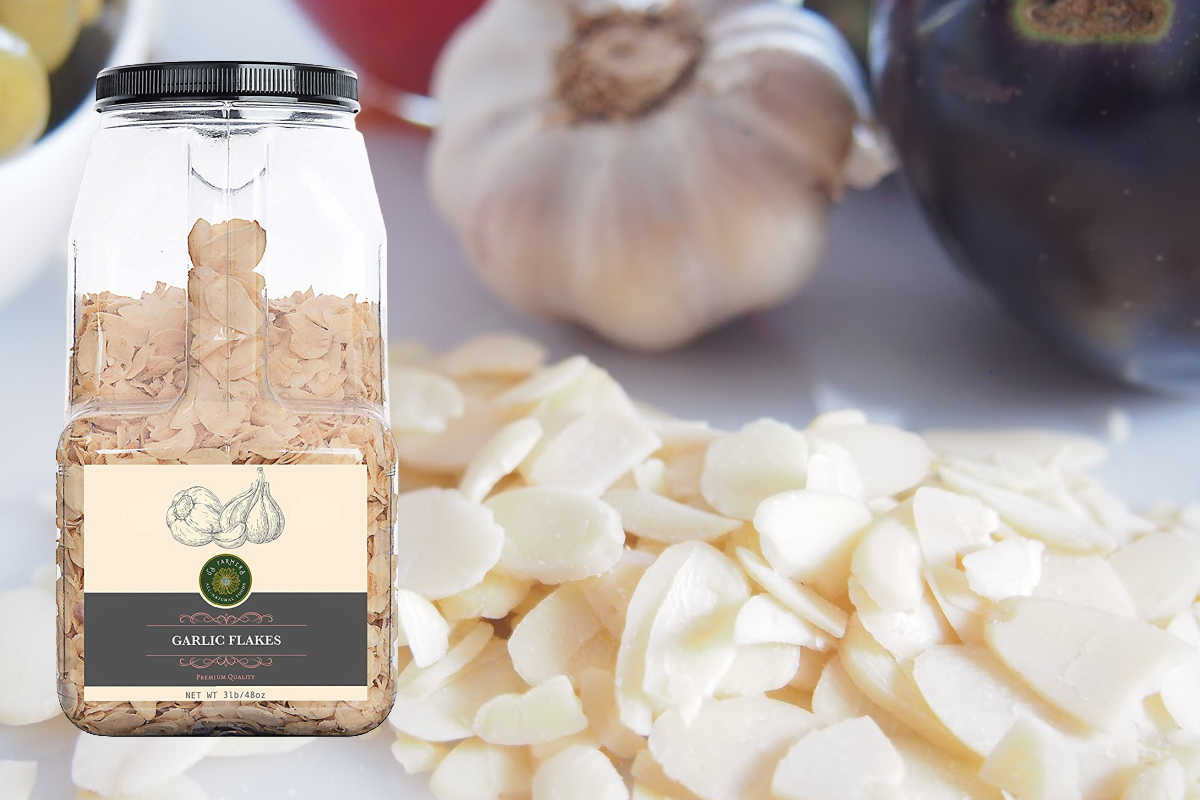
Garlic flakes are dehydrated slices of garlic; the same thing the powder version is made of but missing the grinding step. This will give you the garlic flavor you’ve been searching for.
This alternative is best suited for meals that involve a relatively long cooking period in liquid, allowing enough time for the flavor to release from the flakes and into the food. They’re also wonderful for adding texture to baked goods such as bread, rolls, and pizza dough.
As you’d expect, garlic flakes are less intense, so you’ll need to use more for a comparable taste. Generally, around four times as much.
Granulated Garlic

Granulated garlic is probably the closest garlic powder substitute on today’s list since it’s pretty much made the same way.
The main differences are in the texture and particle size — the granulated form has larger grains with a sand-like feel. These affect the intensity of the flavor, deeming the finer garlic powder about as twice as concentrated as granulated granules.
Garlic Purée
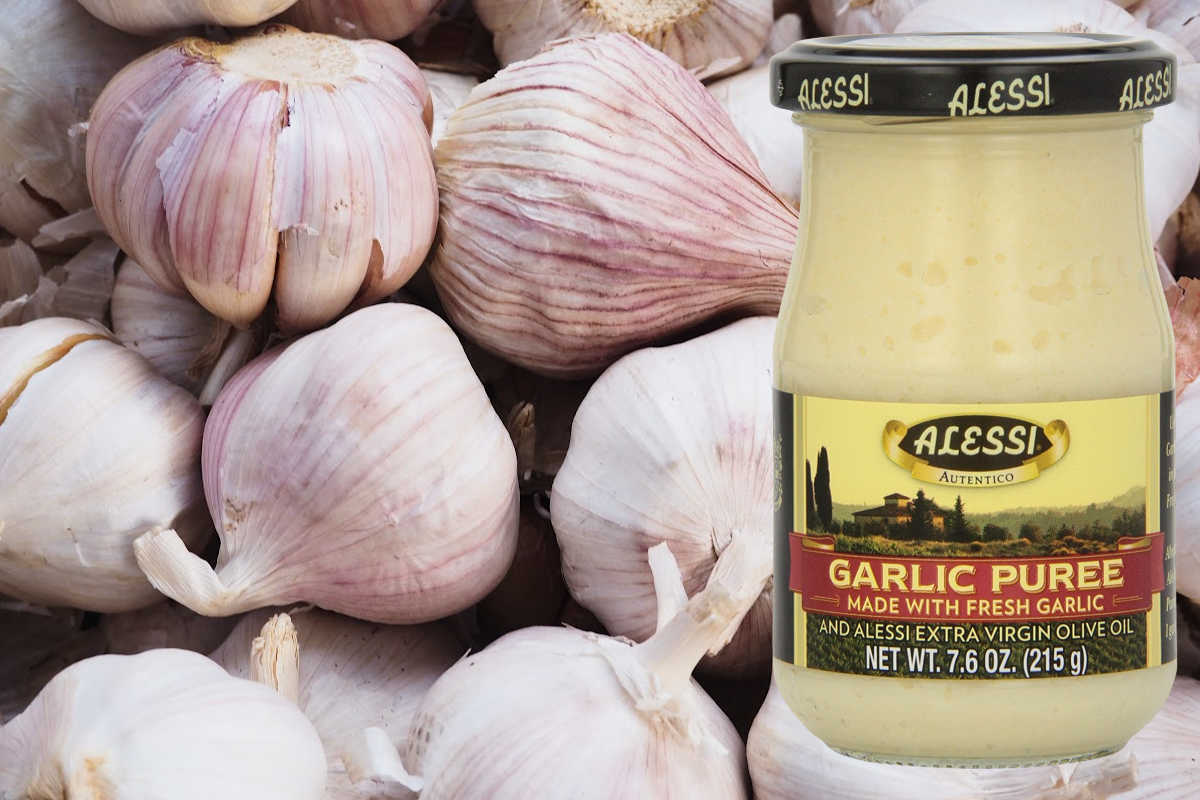
Garlic purée is an excellent substitute that’s a lot stronger when it comes to flavor and taste. It’s basically concentrated crushed garlic, so you’ll need to use around four times less purée than powder.
Garlic purée works great for pasta sauces, sautéed dishes, and recipes with savory cream involved.
Tip: Try Puréed Black Garlic for an amazing flavor. These are regular garlic cloves that are aged under specific cool and humid conditions, and the garlic turns into a deep black. Best of all, the flavor becomes rich and earthy and it eliminates that sharp, biting characteristic.
Minced Garlic
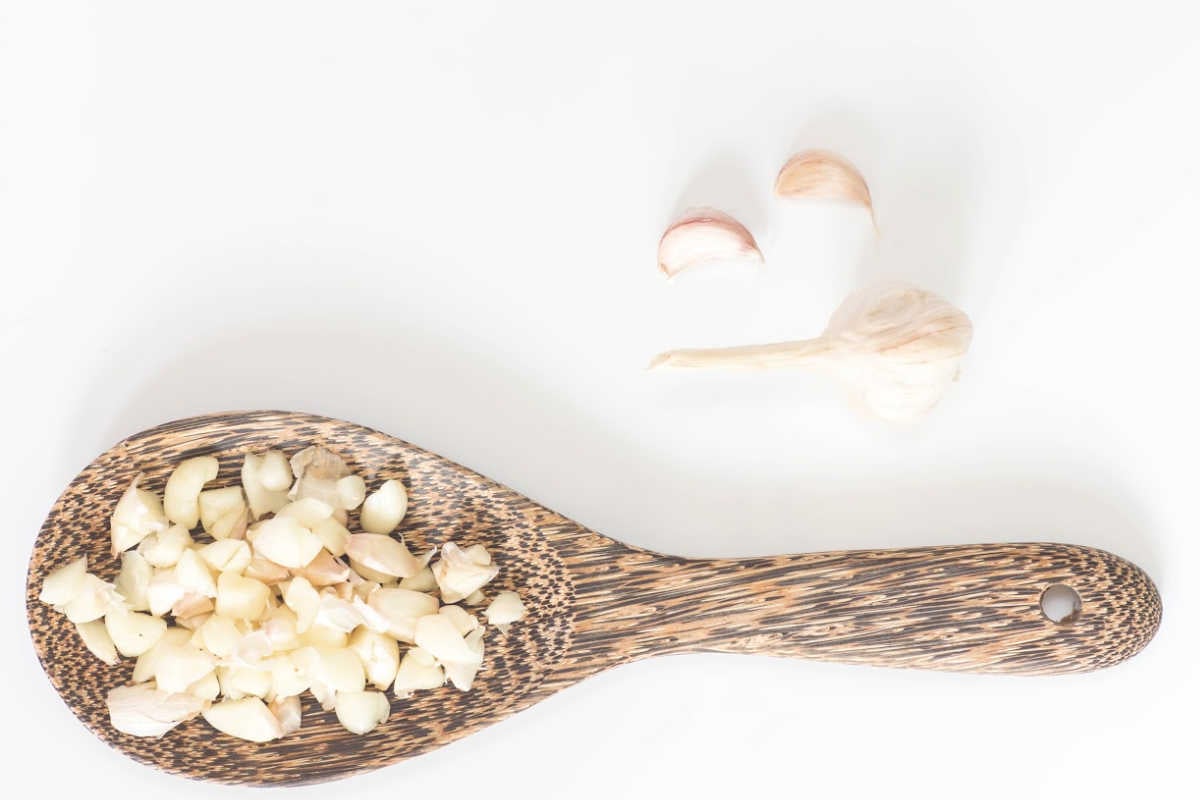
When you finely chop up fresh garlic cloves, you get minced garlic. This alternative works well for dishes that call for sauteing of ingredients, dishes with shorter cooking periods, and even cold preparations.
Even a small amount will flavor a simple recipe like these air fryer carrots or instant pot tomato florentine soup. It also goes well for Asian dishes such as honey teriyaki chicken and no-cook recipes like this super easy creamy cucumber salad.
The aroma and flavor offered by minced garlic are about twice as strong than garlic powder, so adjust your amounts accordingly.
Fresh Garlic Cloves

You’ve probably guessed it by now — you can use fresh garlic cloves in place of garlic powder.
The great thing about incorporating fresh garlic into your recipes is that you receive the full range of its health benefits. It’s most suited for sautéing, whether sliced or diced.
It goes well with pretty much anything from making flavorful garlic butter naan in the air fryer to stir-fry sauces and simple dishes like instant pot keto pork chops.
That said, you’ll need to use between 6 to 8 fresh cloves of garlic to match the flavor intensity of a single teaspoon of garlic powder.
Garlic Juice

Garlic juice is becoming more popular as a garlic powder substitute thanks to its impressively stronger flavor, sharper aroma, and ease of use. This should come as no surprise since it’s the concentrated liquid extract of fresh garlic cloves.
Generally, you need to add about half the amount of powder that the recipe calls for to achieve a similar effect. You can use store-bought garlic juice or make your own from fresh garlic bulbs.
Minced Chives

Chives are members of the same family as garlic and onions. Their flavor is a middle ground between the two, so if you prefer a milder garlic taste, this is the substitute for you!
Minced chives integrate well in salads, soups, and sauces. They also work for rubs and seasonings in dried form. Try this air fryer Cornish hen seasoned with dried chives and herbs de Provence. I’m sure you’ll make it more than once!
I also recommend trying them as a topping as we did for the keto mashed cauliflower and mashed rutabaga.
To get a flavor that’s equivalent to a single teaspoon of garlic powder, you need 5 times this amount of minced chives.
Note: I planted garlic chives in my herb bed, and they grow extremely easily. Chopping them up gives off a great garlic smell and are even a better substitute than regular chives.
Minced Shallots

Shallots resemble onions in appearance and texture, but their aroma and flavor are close to garlic. This, once again, gives us a nice garlic powder substitute.
Minced shallots are especially suitable for stir-fries, salads, sauces, and soups. Like chives, they aren’t very good in rubs or seasonings.
We’re loving the mild flavor in this savory pumpkin pizza and air fryer crispy shallots make a fantastic snack on their own.
You need to add minced shallots in about 5 times the amount of garlic powder to match its flavor.
Minced Onions
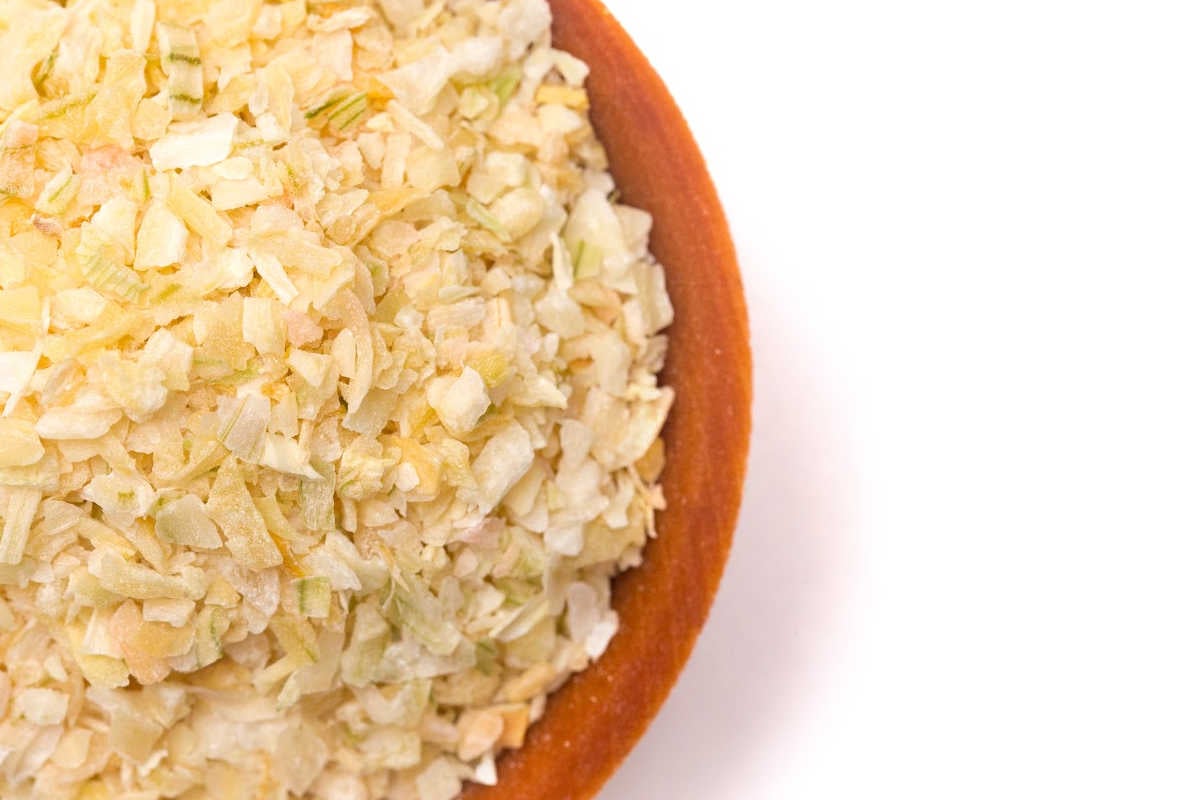
Minced onions are a good alternative to garlic powder in salads, sandwiches, sauteed dishes, soups, sauces, and more. Obviously, the flavor profile isn’t the same, but it’s close enough when there’s nothing else to turn to.
Garlic powder has a more concentrated flavor so you’ll need four times the amount of minced onions when substituting.
Onion Powder

Once again, onion powder isn’t the perfect garlic powder substitute, but it works fine in recipes that require dry seasonings such as fish and meat rubs. It also helps if you don’t appreciate the aroma of garlic.
Here, you’ll need to add about twice as much as garlic powder.
Asafetida Powder
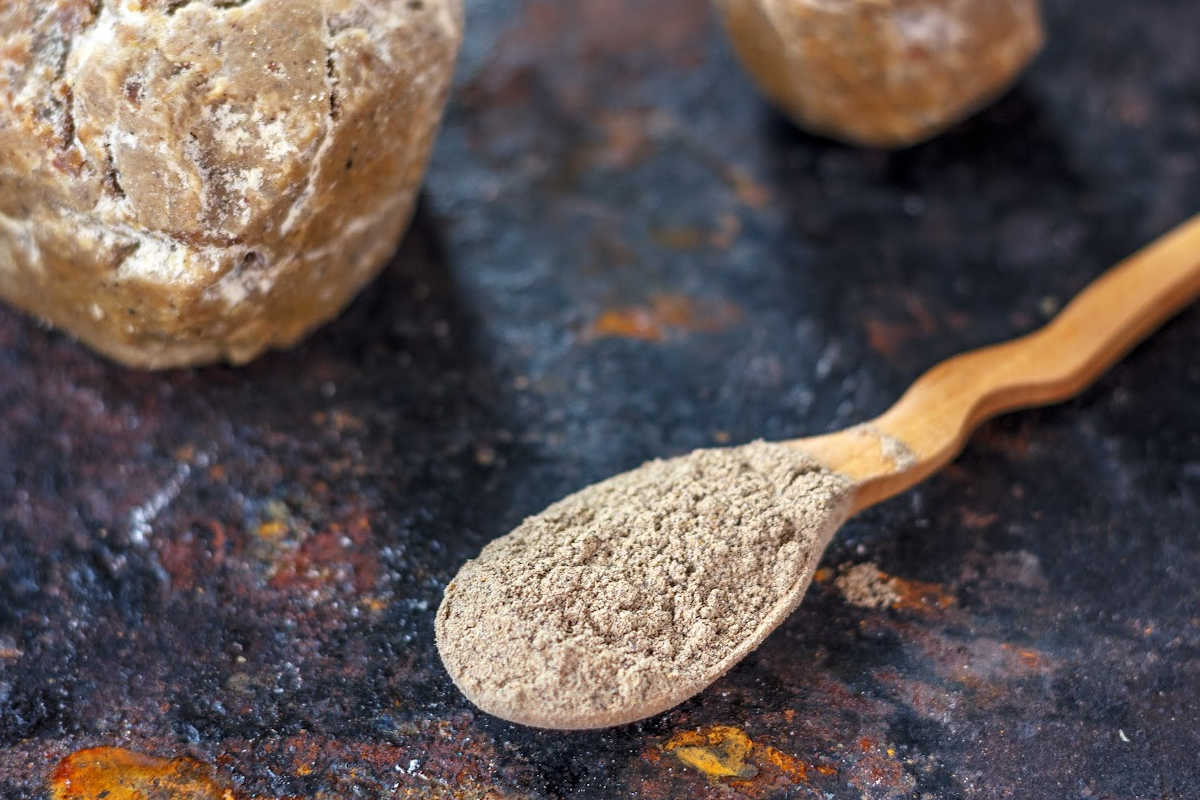
The pungency of the flavor and aroma of asafetida powder allows it to serve as a substitute for both garlic and onion powder. Whether it’s dressings, marinades, cheese dips, salads, or whatever else you’d usually make using garlic powder, asafetida can step in instead.
Asafetida is also great for people who can’t consume garlic or onions for any reason. Make sure you add half the amount that the recipe calls for since asafetida is more intense.
Cumin
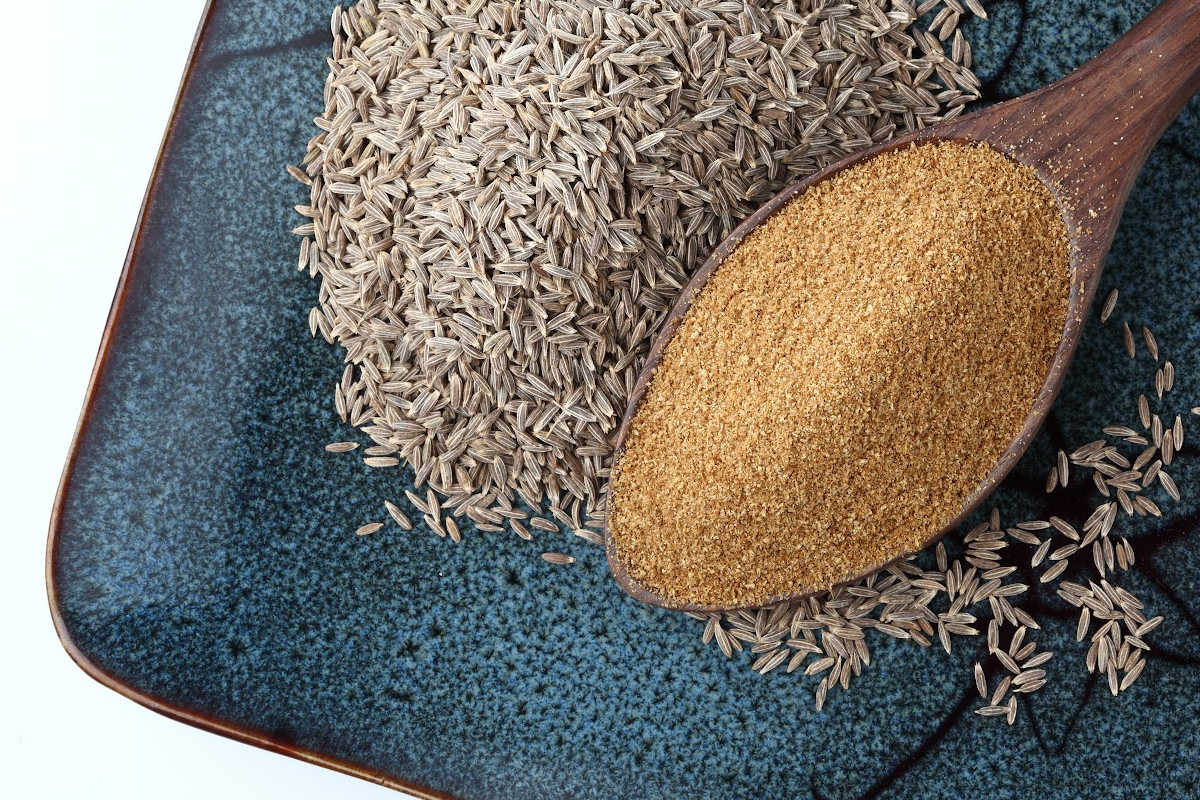
Last but not least, sometimes a pinch of cumin can help you pull off a dish when garlic powder isn’t available. While this won’t give you a similar flavor, it can give you the elaborate taste you’re trying to achieve.
Cumin pairs nicely with bean dishes like vegan crockpot refried beans and air fryer taquitos. It’s also great as a dry rub ingredient, and we always add some when making instant pot ribs.
🍲Favorite Garlic Powder Recipes

This versatile seasoning pairs well with other herbs and spices which is why it’s often used in dry rubs, marinades, dressings, dips, and sauces.
Almost any veggie dish will get an upgrade if you add a bit of garlic flavor. Try our oven-roasted portobello mushroom pizza, spinach and ricotta savory slab pie, oven roasted honey gold potatoes, air fryer zucchini chips, roasted rutabaga fries, and homemade smashed potatoes to enjoy an easy and deliciously garlicky meal.
Air fryer egg cups, microwave scrambled eggs, hash brown quiche cups, and other egg-based recipes will also have an enriched flavor with the addition of garlic powder.
Last but not least, garlic powder and meat are certainly a match made in heaven. There’s no end to the variety of recipes using this condiment but if you need some inspiration I’m sure you’ll love our air fryer chicken tenders, slow cooker BBQ meatloaf, air fryer sweet Asian chili chicken wings, air fryer turkey legs, air fryer salmon, and air fryer tri tip roast.
More Resources For Cooking With Garlic
Measuring garlic accurately is so important when balancing the flavors of a recipe. These guides will come in handy when you’re cooking and need to add som garlic to your dish.
- How much minced garlic equals a clove?
- How many teaspoons in a clove of garlic?
- How much is a clove of garlic?
- How many tablespoons in a clove of garlic?
FAQs
Yes, you can, and making your own garlic powder is very easy. You need one ingredient only — fresh garlic. To make 1 cup of garlic powder you’ll need 12 bulbs of garlic (you can also cut the recipe in half for a smaller batch). Here’s how to do it:
1. Grab as many garlic cloves as you want and peel them.
2. Use a knife to slice the peeled cloves into thin, small pieces.
3. Place the garlic slices on a baking sheet in a pan and pop them in the oven at 150 degrees Fahrenheit for about 30 minutes. Alternatively, you can use a dehydrator where you place the slices in a single layer and allow them to dehydrate at 125 degrees F for about 12 hours.
4. Once the garlic slices are all dried up, let them sit to cool down.
5. Finally, grind the slices using a spice grinder, a food processor, a coffee grinder, or a mortar and pestle until you reach a fine grain size.
Like any powdered form of fresh food, garlic powder contains fewer nutrients than its fresh counterpart just because of the drying it undergoes in production. That said, the calories in garlic powder are fewer than in an equivalent amount of fresh garlic.
One of the best things about garlic powder is that you can use it for years given that you keep it under the proper conditions as follows:
– Store it in an airtight glass or spice jar.
– Store the jar in a dry, cool spot away from direct sunlight.
– For the first two weeks after preparing the garlic powder, shake its container every day. This helps ensure an even distribution of moisture across all parts of the powder to prevent molding.
The difference between garlic powder and garlic salt is that the latter has flavor particles integrated into the salt. Since increased salt intake is typically associated with health issues such as high blood pressure and heart problems, we can say that garlic powder is a less risky option.
1 fresh garlic clove is equivalent to approximately 1/8 teaspoon garlic powder.
You can replace onion powder with 3 times the amount of fresh onion, two times the amount of onion flakes, or half the amount of garlic powder. See our best onion substitutes guide for more options.
Next time you are in a pinch in your pantry, check for replacements for your ingredients before running to the store.
- Five Spice Substitute
- Cilantro Substitute
- Parsley Substitute
- Green Chilis Substitute
- Italian Seasoning Substitute
- Mustard Seed Substitute
- Sriracha Sauce Substitute
- Cojita Cheese Substitute
Wrap Up
As you can see, there’s no shortage of alternatives that can add the same unique flavor to your dishes. Choosing a garlic powder substitute simply depends on what you have available and allowing yourself room to experiment.
Related Articles
Hi!
Ginny Collins is a passionate foodie and recipe creator of Savor and Savvy and Kitchenlaughter. Indoors she focuses on easy, quick recipes for busy families and kitchen basics. Outdoors, she focuses on backyard grilling and smoking to bring family and friends together. She is a lifelong learner who is always taking cooking classes on her travels overseas and stateside. Her work has been featured on MSN, Parade, Fox News, Yahoo, Cosmopolitan, Elle, and many local news outlets. She lives in Florida where you will find her outside on the water in her kayak, riding her bike on trails, and planning her next overseas adventure.
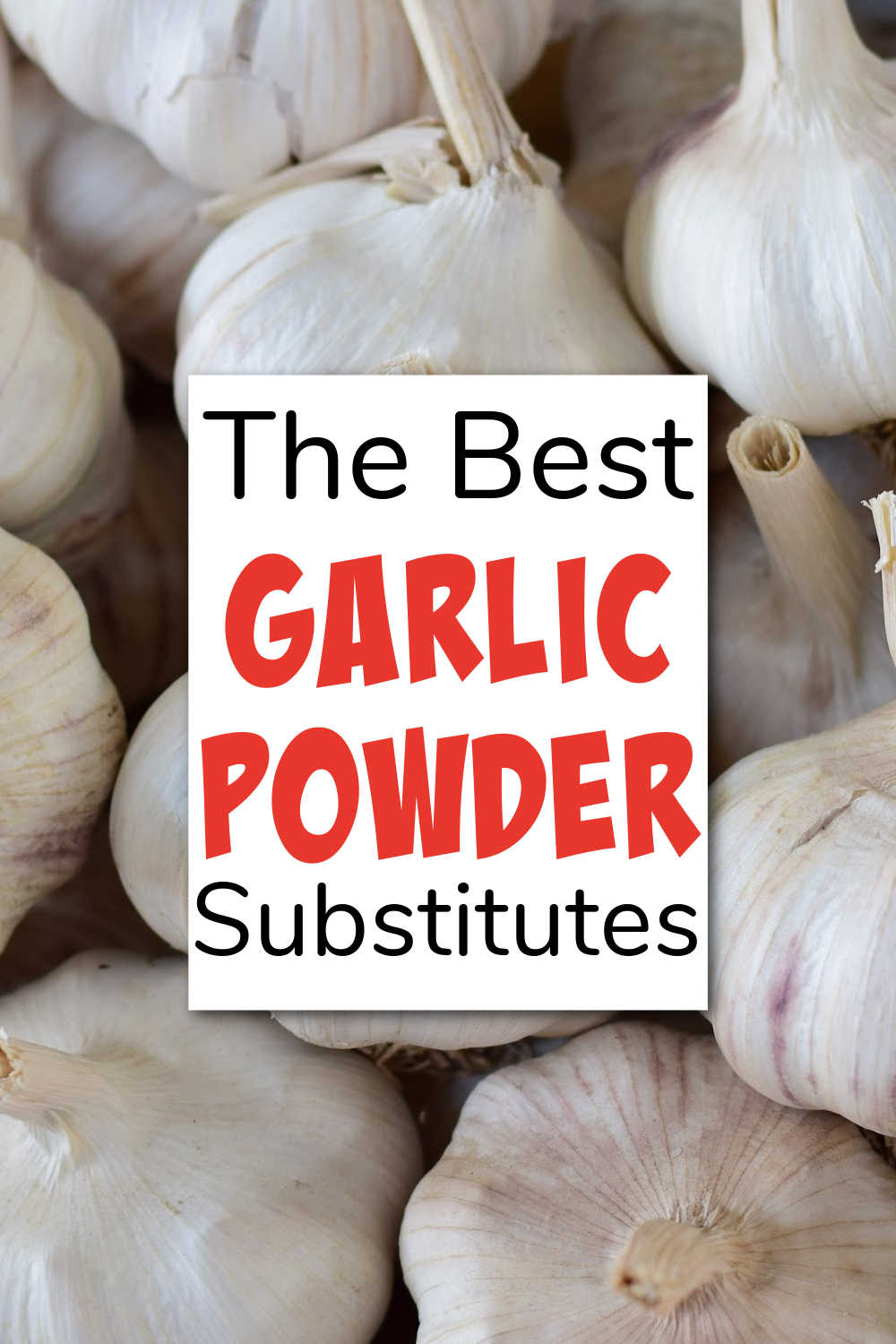








Leave a Reply